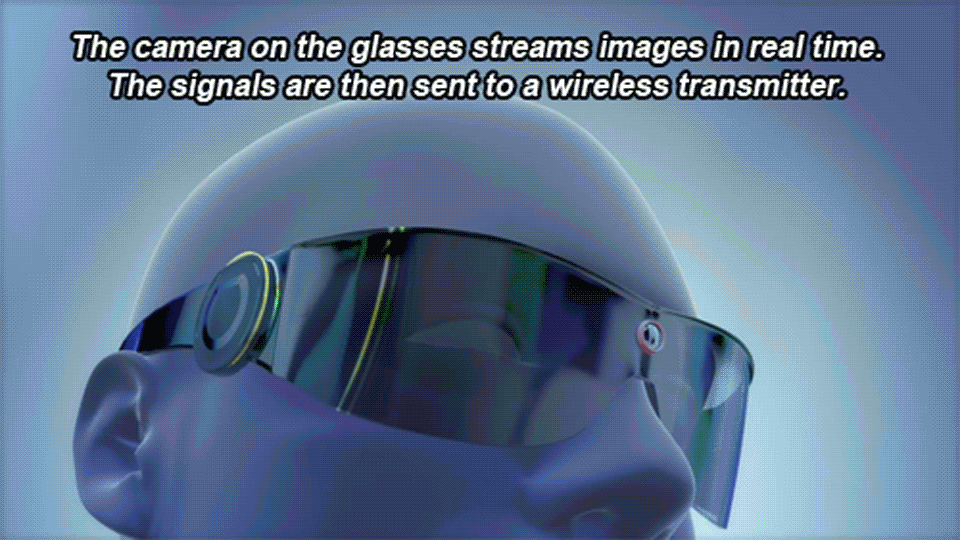This week on "TechKnow," we go inside the Keck Medicine operating room at University of Southern California for only the third-ever U.S. surgery to implant an innovative new device called the Argus II.
“This device doesn’t work on all types of blindness,” explains Dr. Mark Humayun, the co-inventor. “You need to have at least 10 percent of your optic nerve intact, because it needs the optic nerve to send the signal to the brain.”
The Argus II is implanted directly onto the eye and can help a patient with degenerative eye disease to see shapes, outlines and partial images.
The device, which contains 60 electrodes, is carefully slipped behind the eye muscle during surgery and sewn in to sit perfectly on the right part of the retina. “Imagine a band aid—a very sophisticated band aid,” explains Humayun. “That lays on top of the retina and allows us to stimulate the neurons.”
After a week of healing, patients are fitted with a pair of glasses that have a tiny camera fixed to the front.




It can take weeks before the patient is able to see the outline of blurry images, because the brain’s visual cortex may not have been used in years and will need to rewire itself.
"In some ways learning to use this device is like learning a foreign language," says Dr. Lisa Olmos De Koo, the USC surgeon who implanted the Argus II.
"There are millions of people around the world who do have enough optic nerve function, and we can put this device in their eye," says Humayun. "It’s very exciting to be able to do that."
Watch “TechKnow” Saturdays at 7:30 p.m. ET/4:30 p.m. PT.
Error
Sorry, your comment was not saved due to a technical problem. Please try again later or using a different browser.